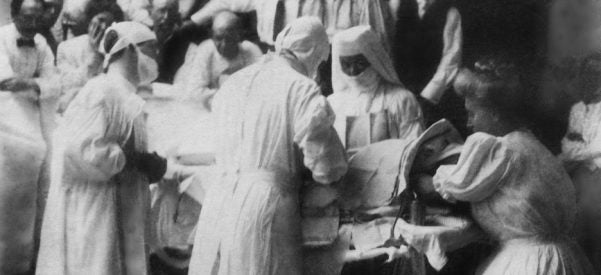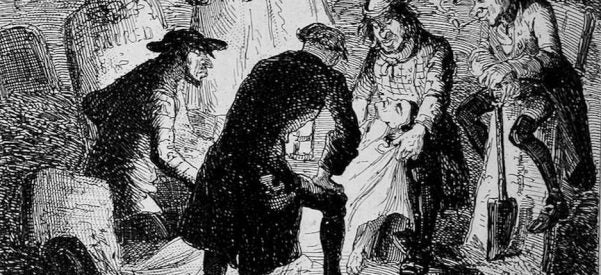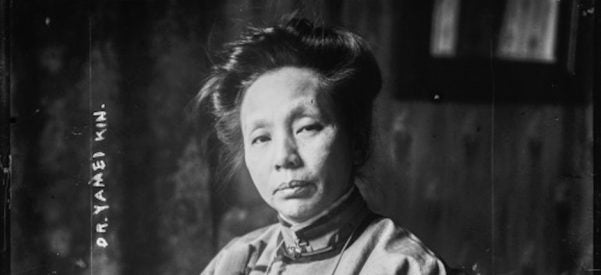The Women Who Built Mayo Clinic
After a Tornado Wrecked a Minnesota Town, Franciscan Nuns and Physicians, Anesthesiologists and Social Workers Helped Create a Pathbreaking Medical Center
Several years ago, a few colleagues and I discovered a well-kept secret about Mayo Clinic, where we all worked.
We had decided to create a Jeopardy game for Women’s History Month based on women who were involved in the early years of the physician’s practice that evolved into our internationally renowned academic medical center. I offered to visit the clinic’s historical archive, expecting to glean a few little-known facts about the handful of women who were staples of the organization’s 150-year-old …




